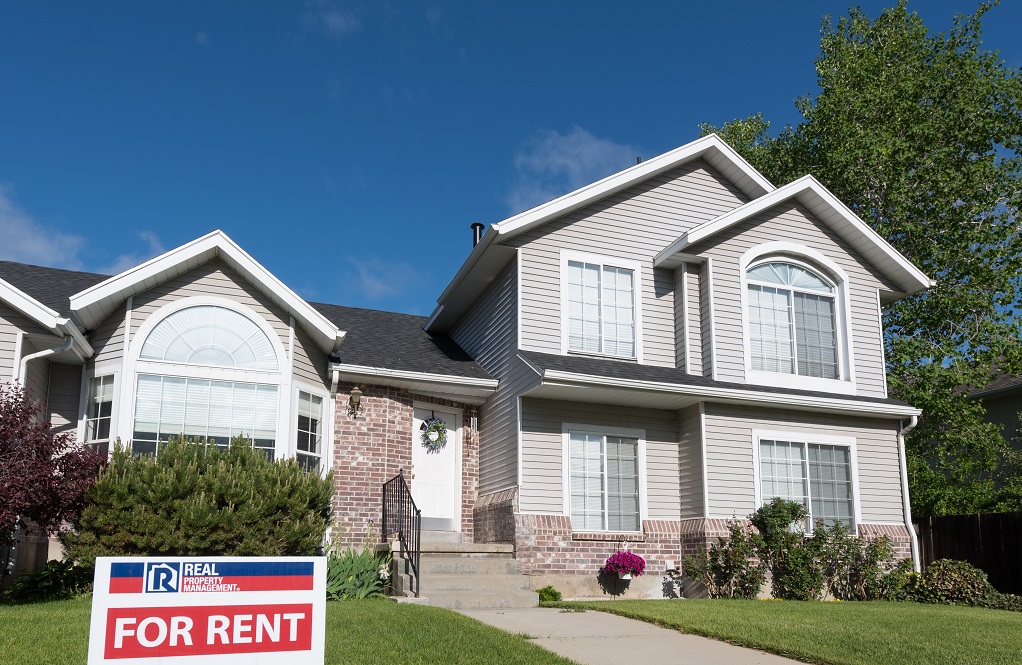Plenty of people say that saving for a retirement income is difficult. Individual Retirement Accounts (IRA’s) and 401K plans are the most common ways to save. These 2 methods are effective saving tools because the saved money is often deducted from your taxable income. Interest accrues without taxation until the fund withdrawal. On another perspective, have you considered a Raleigh rental property as your source of retirement income?
A lot of people don’t consider Raleigh rental property acquisition as an added retirement income investment opportunity. However, if one purchases the ideal property with the right management, then it readily becomes another potential retirement income source. Through investment diversification and with a more balanced portfolio, one can also diminish risks against stock market volatility.
Usually, an investment property like a three-bedroom single family residence demands a 20% down payment. But saving for the down payment is the greatest challenge to conquer. You can learn more about ways to overcome this barrier by using a self-directed IRA to purchase an investment property. However, over time a rental property can simply pay for itself coming from tenant rental payments to cover the mortgage and other costs. As the 3-decade mortgage ends, most of the rental income becomes an annuity to the owner. Eventually, the property value will have increased considerably.
Sample Scenario
Here is an example to clearly explain the point. To make things simple, this example does not take the tax advantages of depreciation and operating cost deductions into account.
Assuming an investor buys a median-priced existing home and puts 20% down. The property’s rent is $1,379. According to RentRange, that said value is the median rent for a 3BR single-family residence. Then add the average maintenance costs, insurance, property management fees, and property tax expenses. Consequently, this investment would lose just $230 month for the first year. With the rising rental prices, the loss would become an income in just a few years. (All estimates follow the March 2017 online data sources.)
Median existing home price in the USA (Source: YCharts 1Q17): $236,400
Down payment @ 20% : $47,280
Monthly median rent for 3BR single family residence (Source: RentRange): $1,379
Mortgage cost per month @ 5% interest (Source: YCharts ) : $1,015
Monthly maintenance and repairs @ 1% of home value (Source: Zillow): $197
Insurance (Source: Vale Penguin): $80
Management fees (Source: RPM estimate of average property management fees): $138
Property taxes (Source: WalletHub): $179
Monthly estimated cost: $1, 609
Monthly net loss/out-of-pocket expense: ($230)
Explanation
The first ever yearly out-of-pocket expense would be $2,760. But according to the Case-Schiller data from 1968–2009, the average growth in the value of the house would be 3.4% yearly ($8,037). So over the course of time, rent will grow. Because of that, the out-of-pocket costs would plummet each year.
Once the mortgage payment is complete after 3 decades, the net retirement income per month would increase by the mortgage amount of $1,015. Since rental rate growth paces with inflation, the actual monthly income will likely be considerably more.
Apart from the cash flow from the property after 3 decades, the property value will increase year by year. Assuming an average 3.4% property value increase during the next thirty years, the $236,400 house value will climb to $477,528. Upon conversion into an annuity with a 2% return above inflation, it would generate $2,500 in monthly retirement income for 3 decades.
Basing upon this example, a rental property investment can basically pay for itself after paying the first down payment. From that point, it becomes a source of ongoing retirement income. The actual cash investment was $47,280, so the invested cash return will be ten times more. If sold in retirement, the property would have a payout of roughly half a million dollars.
On the other hand, for IRA’s or 401K’s, delivering that amount of return seldom happens. This is because the bank pays 80% of the initial property cost through the mortgage process. Also, the loan funds function as leverage. Considering putting only 20% down, investors enjoy the whole benefit of housing price appreciation.
The main issue a property investor has on a Raleigh rental property as retirement income is the time and difficulties along with it. If you work with Real Property Management Excellence, you’ll never get stressed about these issues. We search and screen tenants, collect rents, manage maintenance, and handle the bookkeeping. This type of investment can be as simple and carefree as an IRA or 401K. Above all, its advantages include maximizing your profits, lesser risk from a balanced portfolio of investments, and tax benefits.
If you would like more information about our property management services, please contact us today.
We are pledged to the letter and spirit of U.S. policy for the achievement of equal housing opportunity throughout the Nation. See Equal Housing Opportunity Statement for more information.



